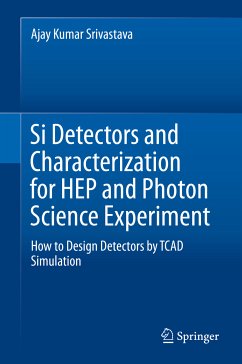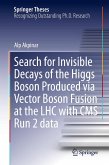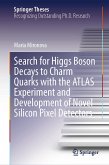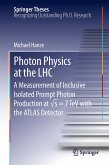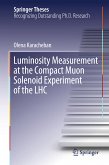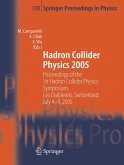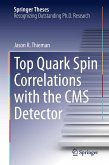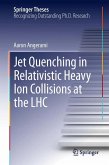Consisting of eleven chapters, it introduces various types of strip and pixel detector designs for the current upgrade, radiation, and dynamic range requirement of the experiments, and presents an overview of radiation detectors, especially Si detectors. It also describes the design of pixel detectors, experiments and characterization of Si detectors.
The book is intended for researchers and master's level students with an understanding of radiation detector physics. It provides a concept that uses TCAD simulation to optimize the electrical performance of the devices used in the harsh radiation environment of the colliders and at XFEL.
Dieser Download kann aus rechtlichen Gründen nur mit Rechnungsadresse in A, B, BG, CY, CZ, D, DK, EW, E, FIN, F, GR, HR, H, IRL, I, LT, L, LR, M, NL, PL, P, R, S, SLO, SK ausgeliefert werden.

